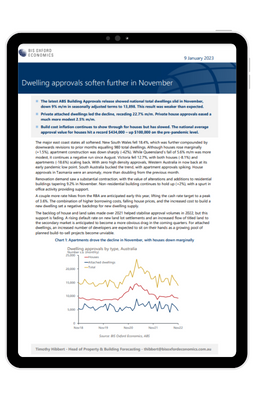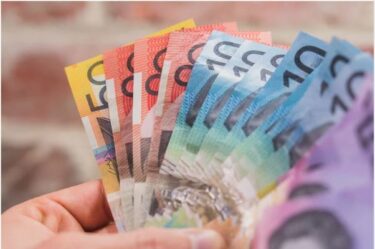Australia: Black Friday boost to retail obscures underlying momentum

Black Friday sales are becoming a larger part of the retail landscape. In recent years, consumers are increasingly delaying purchases that would previously have been made in October and bringing forward December spending to capitalise on lower prices. Seasonal adjustment processes typically control for predictable surges and contractions in activity (i.e. for Christmas and end-of-financial-year sales or store closures over Easter).
What you will learn:
- Retail spending increased by a sharp 1.4% m/m in November 2022, boosted by Black Friday sales. Sales were strongest in non-food categories where Black Friday discounting is more prevalent; clothing sales led growth in the month, followed by spending at department stores. In contrast, spending on food and at cafes & restaurants was little changed in the month.
- Black Friday sales have changed retail spending patterns markedly in recent years. This makes the November data a noisy gauge of consumer spending momentum – we will get a much clearer picture of how households are faring against the prevailing headwinds with the December print.
Tags:
More Australian Research

Post
Navigating Australia’s Labour Market
Explore July's labour market update: unemployment dips to 4.2%, showing stability despite economic challenges. Learn how these trends may impact the future.
Find Out More
Post
Understanding Australia’s Goods Trade Dynamics in 2025
2. Explore Australia's goods trade dynamics, with rising exports and falling imports. Learn how global demand impacts the trade balance and future projections.
Find Out More
Post
Households open their wallets as an August rate cut looms in Australia
Household spending rose in June, driven by EOFY sales, but subdued per capita growth and labour market softness reinforce expectations of an RBA rate cut.
Find Out More